France’s “Horizontal Collaboration”: A Controversial Legacy of World War II
Between 1940 and 1944, France lived under German occupation, a period marked by hardship, scarcity, and moral dilemmas. Amid these challenges, some French women formed relationships with German soldiers. Known at the time as “horizontal collaboration,” these connections remain one of the most debated and painful chapters of the war.
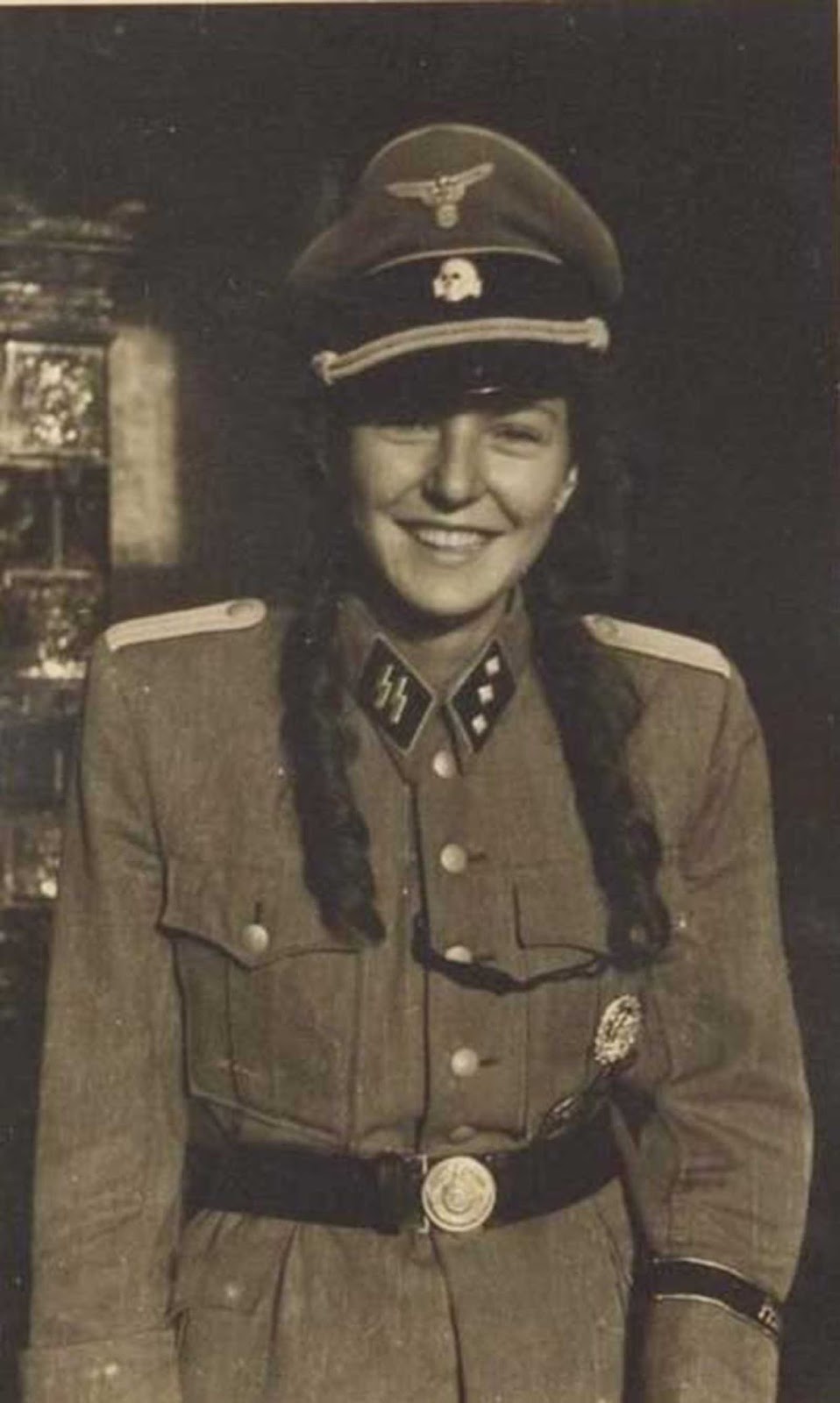
The reasons behind such ties were complex. For some, they grew from genuine affection or attraction. For others, they were born of necessity—relationships that offered access to food, protection, or safety during years of uncertainty. Photographs from the era, showing French women dressed in German uniforms, reflect the difficult realities of survival under occupation.
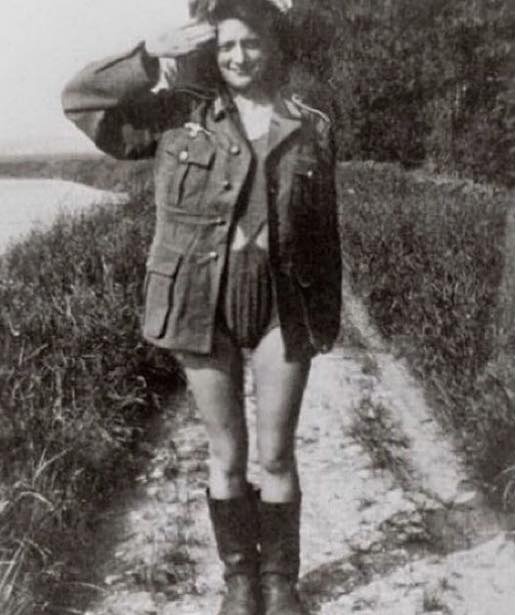
Yet these choices were far from universally accepted. To many, such connections symbolized disloyalty at a time when France was suffering under foreign control. As resistance efforts grew and the tide of war turned, resentment toward those associated with German forces intensified.
When liberation arrived in 1944, so too did retribution. Across towns and cities, women accused of collaboration were publicly humiliated. The most infamous form of punishment was the shaving of their heads in crowded squares, a deeply symbolic act meant to mark them for life. Thousands endured this treatment, watched by neighbors, friends, and sometimes family.
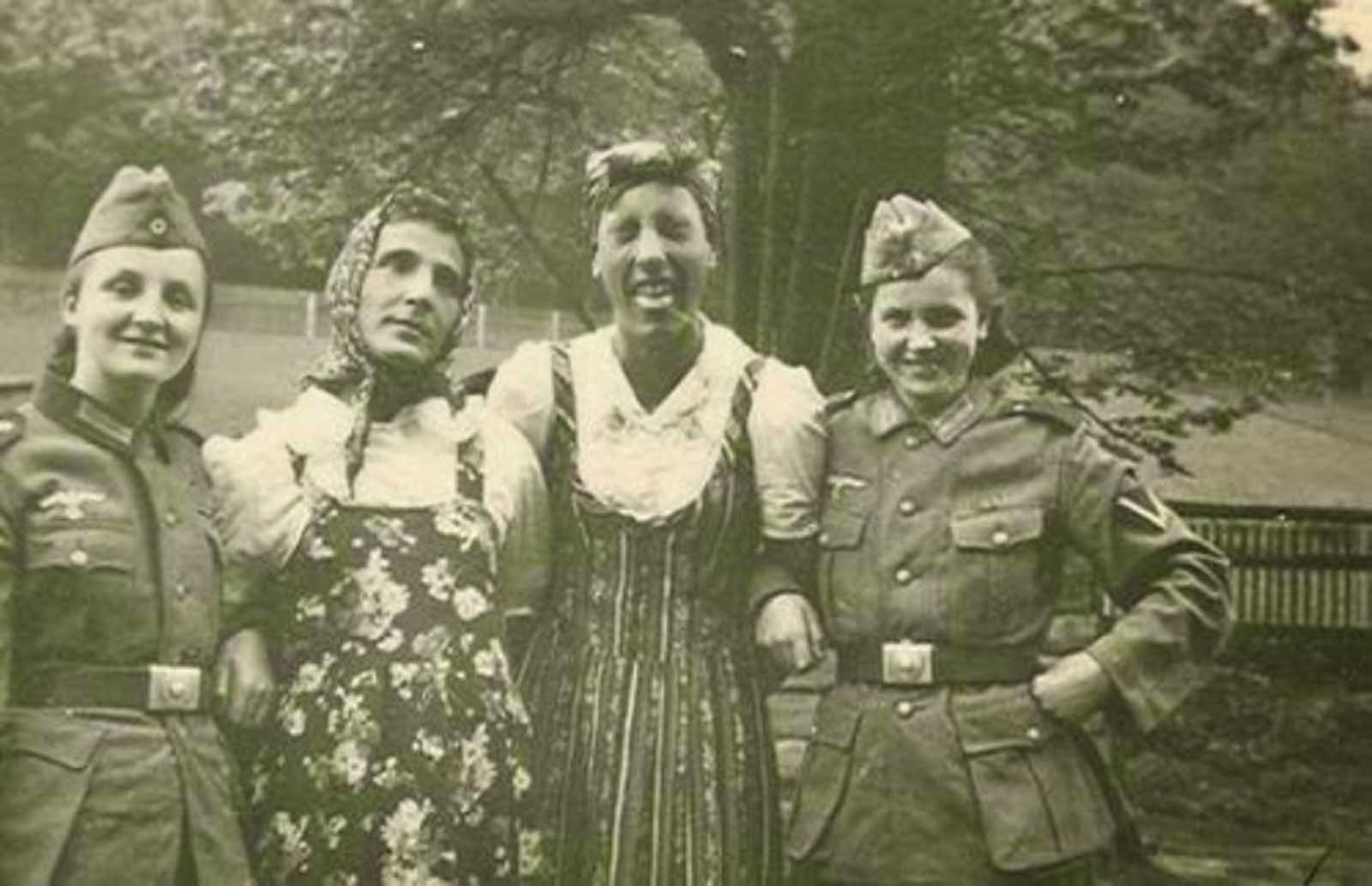
These events revealed the raw emotions of a society emerging from years of fear and division. While the punishments were intended as acts of justice, many historians argue they were also expressions of collective anger—channeled against women who were seen as visible symbols of cooperation with the enemy.
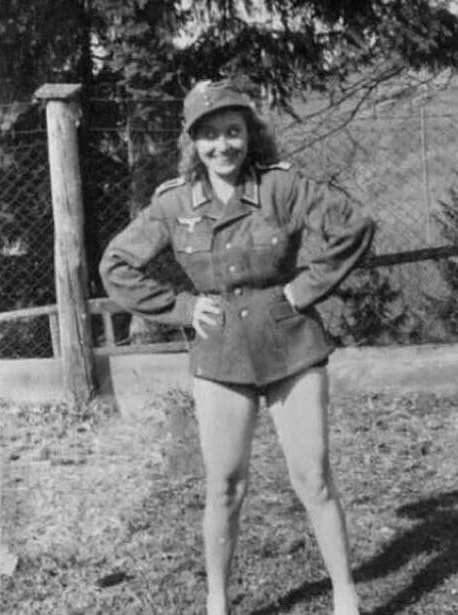
Decades later, the legacy of “horizontal collaboration” continues to spark debate. Were these women traitors, or individuals making choices in impossible circumstances? Their stories highlight how war blurs the lines between survival and betrayal, and how personal decisions can echo far beyond the moment.
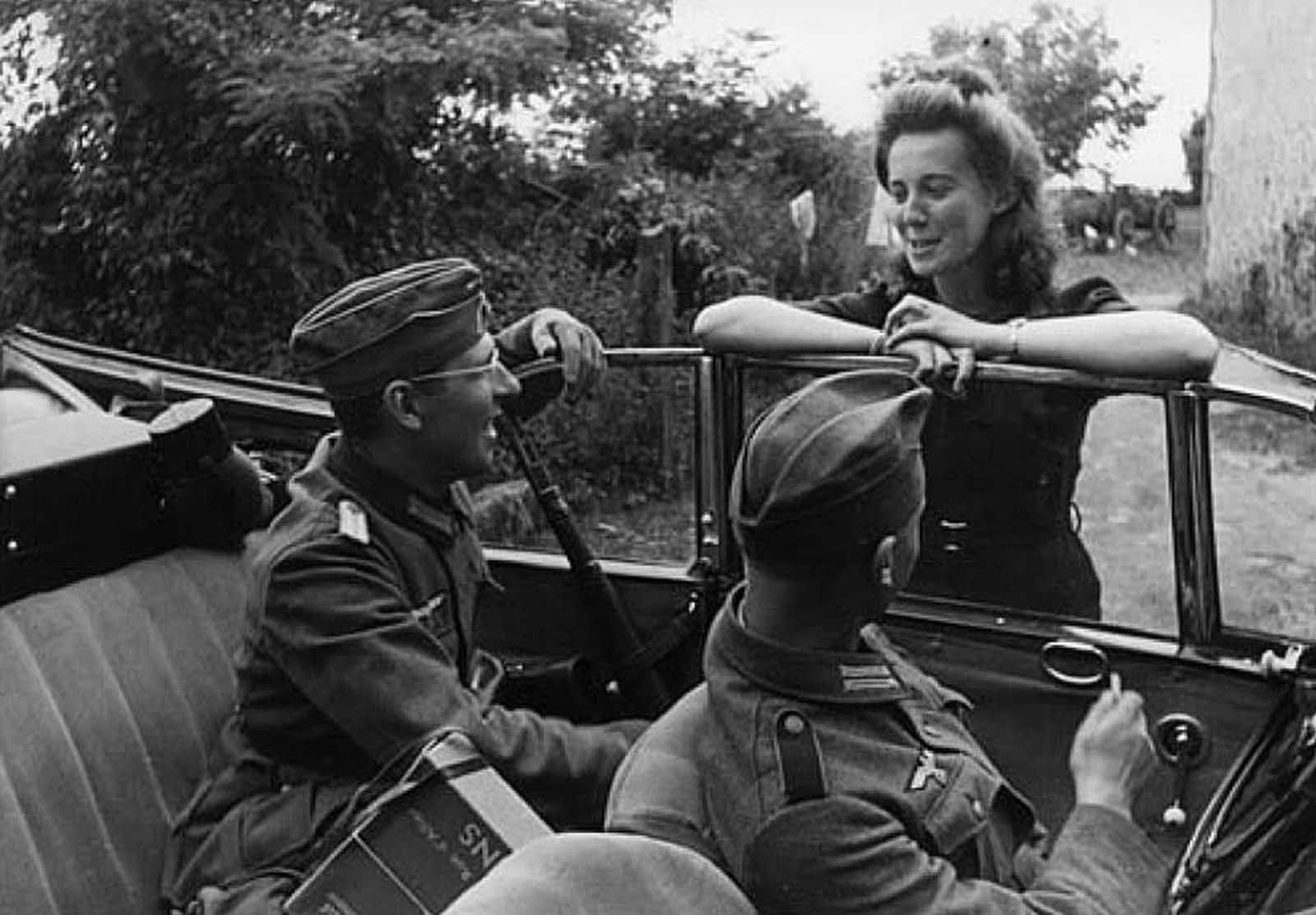
Today, this history stands as a reminder of the complexities of life under occupation. It shows how ordinary people faced extraordinary pressures—and how the scars of those choices shaped France long after the war ended.






